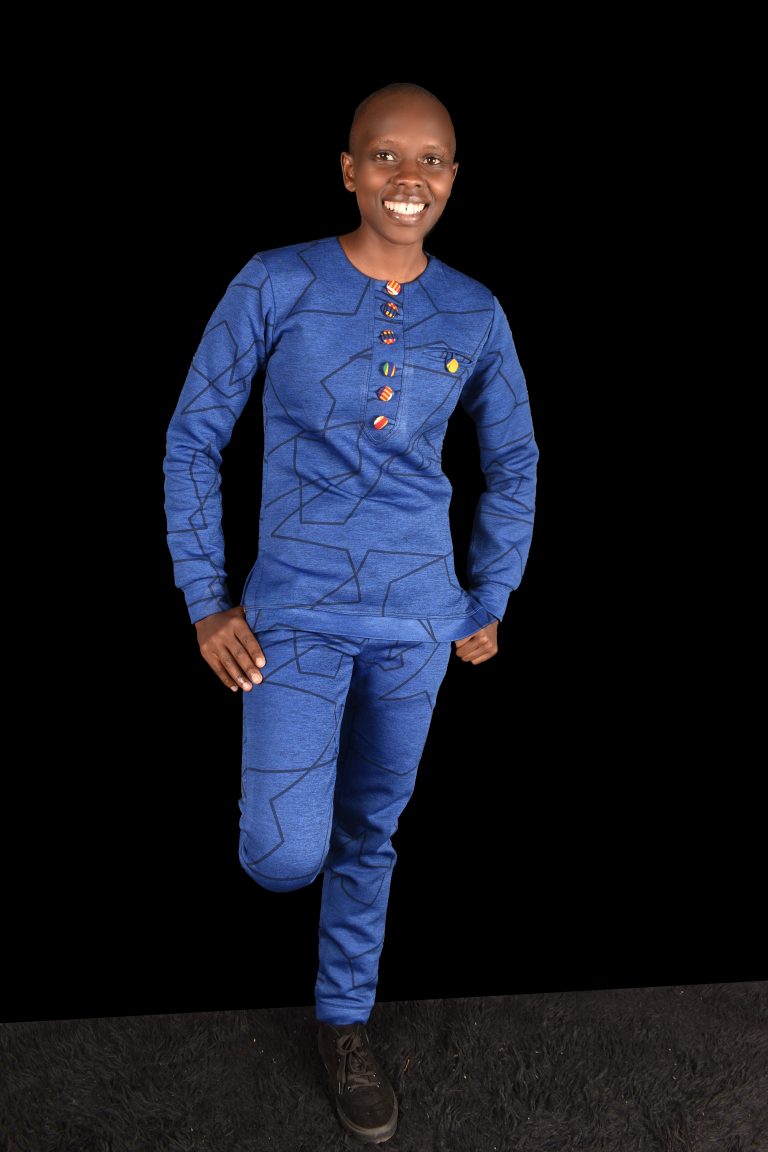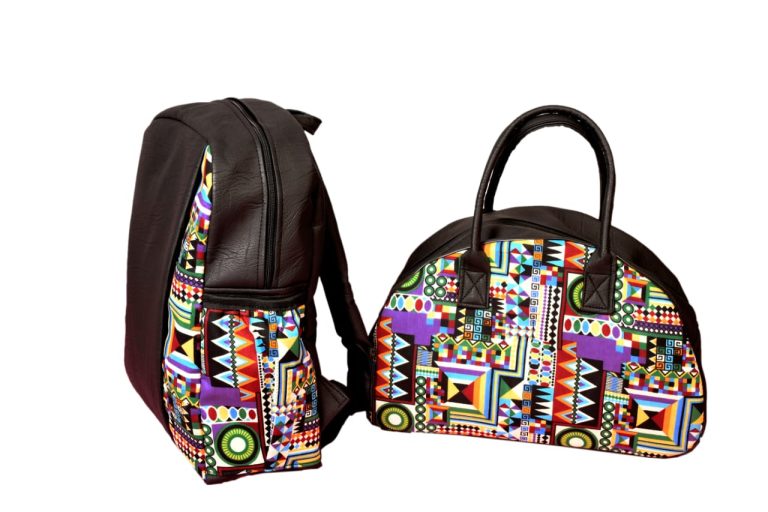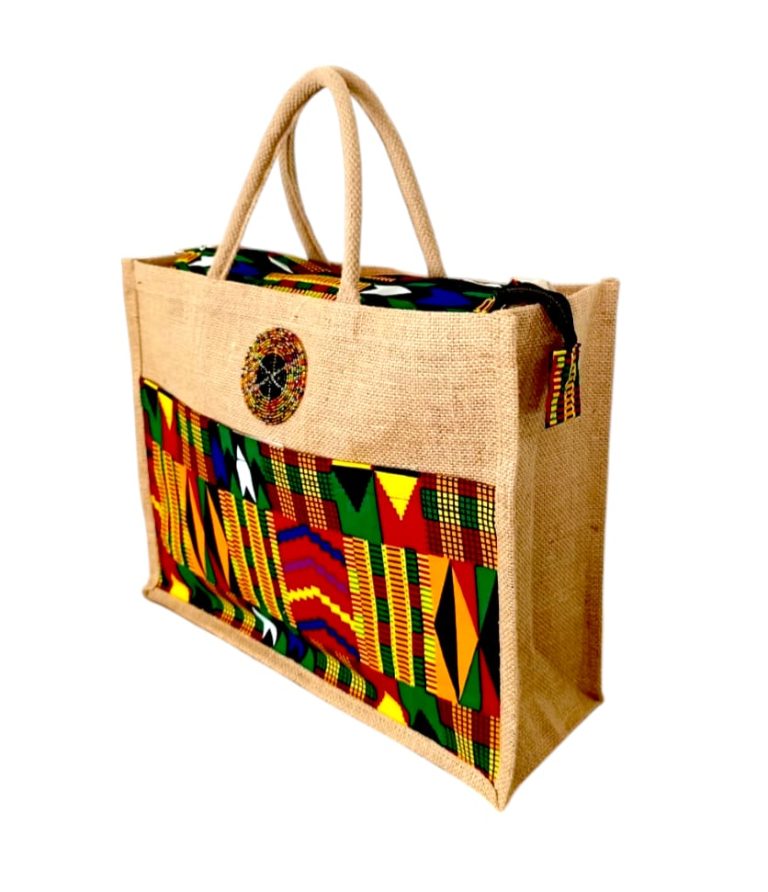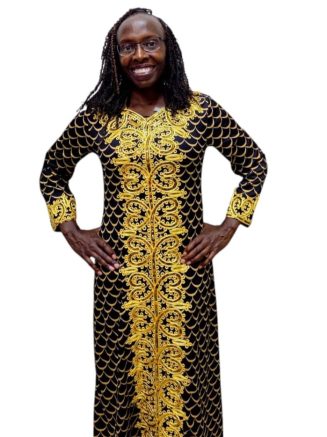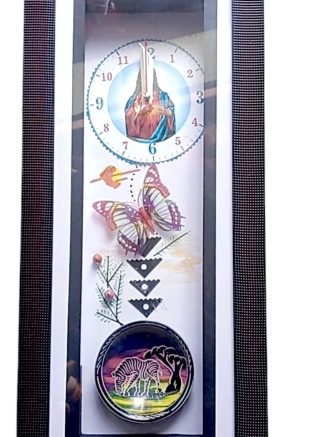African men’s apparel stands as a vibrant testament to the continent’s rich tapestry of cultures, colors, and craftsmanship. This clothing genre is not just about attire but embodies a deep-rooted heritage, symbolizing the diverse histories, traditions, and identities of Africa’s people.
In this exploration, we delve into the essence of African men’s apparel, highlighting its significance, the variety it offers, and the skilled artistry that goes into its creation.
The Essence of African Men’s Apparel
African men’s apparel is a broad term that encapsulates various traditional and contemporary clothing styles across the continent. From the brightly colored Kente cloth of Ghana to the intricate beadwork of the Maasai in Kenya, each piece of clothing tells a story, a narrative of community, identity, and belonging. These garments are not merely for adornment but serve as a means of communication, conveying messages about the wearer’s social status, community roles, and even life achievements.
Cultural Significance and Diversity
One of the most distinctive aspects of African men’s apparel is its cultural significance. In many African societies, clothing is deeply intertwined with ceremonies, rituals, and celebrations. For instance, the Agbada—a flowing wide-sleeved robe frequently seen in West Africa—is often worn on special occasions such as weddings, festivals, and religious gatherings, symbolizing respect and status.
Each region of Africa contributes its unique flavor to the continent’s fashion mosaic. East African apparel, for example, is well-represented by the Kanzu, a traditional tunic worn in countries like Uganda and Tanzania, often paired with a distinctively patterned Kikoy. In Southern Africa, the Basotho blanket offers a blend of warmth and symbolism, showcasing designs that reflect familial ties and societal status.

The Color Palette of the Continent
Color plays a pivotal role in African men’s apparel, with each hue holding specific meanings and associations. Red, for instance, often symbolizes spiritual and political moods, while green stands for growth and prosperity. These colors are not chosen at random but are carefully selected to convey messages and emotions, making African clothing a dynamic form of non-verbal communication.
The vibrant and diverse color schemes also reflect Africa’s natural landscape, from the rich earth tones of the Sahara to the lush greens of the Congo. This connection to nature is a hallmark of African design, emphasizing the continent’s beauty and the deep connection its people have with their environment.
Craftsmanship and Techniques
The creation of African men’s apparel is an art form that has been passed down through generations. It involves a variety of techniques, including weaving, dyeing, and embroidery, each requiring a high degree of skill and creativity. Traditional methods such as batik (wax-resist dyeing) and Adinkra (stamping with carved calabash stamps) are still widely used, preserving the heritage and uniqueness of African textiles.
Contemporary African fashion designers are also making their mark on the global stage, blending traditional techniques with modern styles. They are not only preserving African heritage but also reinterpreting it, creating apparel that resonates with both Africans and the global community.
The Global Influence
African men’s apparel has seen a surge in popularity worldwide, influencing global fashion trends with its unique designs and ethical production methods. International designers are increasingly incorporating African textiles and patterns into their collections, acknowledging the richness and diversity of African fashion. Moreover, the global demand for sustainable and ethically produced clothing aligns with many African fashion practices, which often involve handcrafted techniques and locally sourced materials.
African men’s apparel is a rich, vibrant field that offers a window into the continent’s soul. It is a celebration of culture, color, and craftsmanship, reflecting the diverse histories, environments, and communities of Africa. As it continues to gain recognition on the global stage, African fashion not only contributes to the world’s fashion diversity but also brings to light the importance of preserving and valuing cultural heritage. Through the threads of African men’s apparel, we are reminded of the power of clothing to connect, communicate, and celebrate the human spirit.
The evolution of African men’s apparel, from traditional garments to contemporary fashion statements, underscores the dynamic nature of African culture and its capacity to influence and inspire beyond its borders. As we embrace the beauty and complexity of African fashion, we contribute to a more inclusive and diverse global fashion narrative, one that values the blend of culture, color, and craftsmanship that African men’s apparel so beautifully represents.



